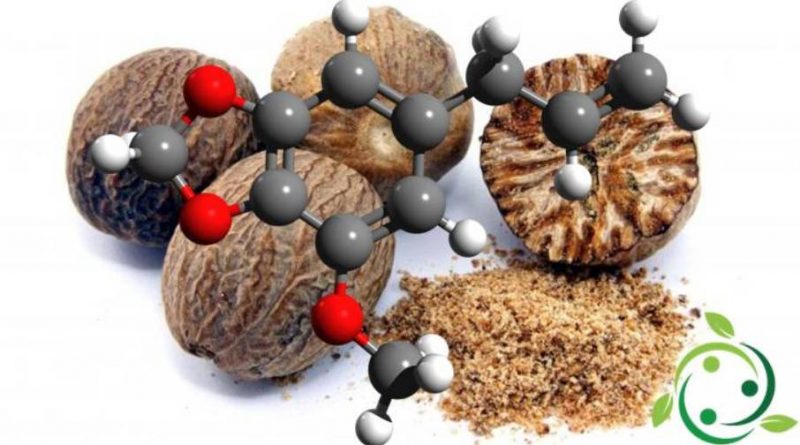Myristicin
Myristicin
Myristicin, whose brute or molecular formula is C11H12O3, whose name in the IUPAC nomenclature is 4-Methoxy-6-prop-2-enyl-benzo [1,3] dioxole, is a substance present in the essential oils of some plants.
The neurotoxic characteristics of this active ingredient therefore make it an antinutritional substance. We find it in the essential oils of some edible plants, such as parsley, nutmeg, dill and carrots, even if its concentration is not such as to produce toxic effects for the normal doses used in cooking.
A high relative content has been found in the seeds of the very rare fennel of Lucania (Portenschlagiella ramosissima (Port.) Tutin, 1967).
The oil obtained by squeezing the nutmeg contains, in small quantities, the myristicine: it is an anticholinergic. It suppresses the action of the neurotransmitter acetylcholine, thus preventing the excitation of the nerves, in particular those that control the movements of the muscles present in the intestine, in the urinary tract, in the lungs and in other parts of the body. If these muscles do not work, you can get disorders such as gastritis, diarrhea, cystitis, asthma, bronchitis, etc.
This explains the recommendations used in folk medicine for nutmeg oil to treat nausea, indigestion and even toothache. Of course, none of these remedies found a medical confirmation, however nutmeg oil is used in some cough syrup, in some drinks (for example Coca Cola) and in sweets.

